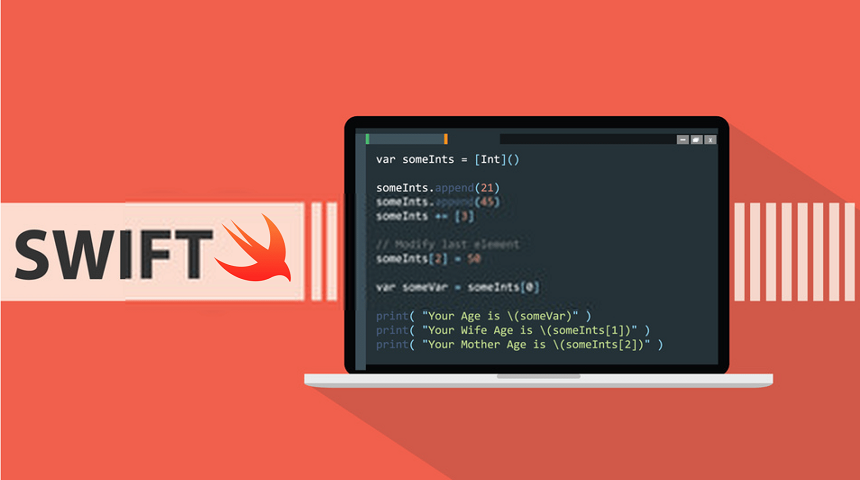
Free eBooks for Beginners
SWIFT is a popular programming language used for developing iOS and macOS applications. One of the key features of SWIFT is the use of protocols, which allow developers to define a blueprint for a group of related methods and properties.
If you’re new to SWIFT, you may be wondering what protocols are and how they can be used to write better code. In this article, we’ll introduce you to the basics of protocols in SWIFT and explain how they can be used to simplify your code and make it more reusable.
What are Protocols?
A protocol is like a blueprint or template that defines a set of methods, properties, and other requirements that a type must conform to. When a type conforms to a protocol, it is said to “adopt” the protocol, and must provide implementations for all of the methods and properties defined in the protocol.
Protocols are a way to describe the common behavior and properties of a group of related types, without having to define a specific implementation. This makes protocols a powerful tool for code reuse and abstraction.
Adopting Protocols
In SWIFT, you can define a protocol by using the protocol keyword. To adopt a protocol, a type simply has to declare that it conforms to the protocol, and provide implementations for all of the methods and properties defined in the protocol.
For example, you might define a protocol for a class that represents a vehicle, which includes methods for starting and stopping the engine, and properties for the make and model of the vehicle. Then, you could create different types of vehicles, such as cars and motorcycles, which adopt the protocol and provide their own implementations for the methods and properties defined in the protocol.
Using Protocols
Once you have defined a protocol and adopted it by one or more types, you can start using the protocol to write more flexible and reusable code. For example, you can use protocols to define a common interface for a group of related types, and then pass objects that adopt the protocol to functions or methods that expect that interface.
This makes it easy to write code that can work with any type that adopts the protocol, without having to worry about the specific implementation details of each type.
In conclusion, protocols are a key feature of SWIFT that allow developers to define a blueprint for a group of related methods and properties, and to write more flexible and reusable code. By mastering the basics of protocols in SWIFT, you’ll be well on your way to writing more efficient and powerful applications.
Cookbook – SWIFT for Beginners – Chapter 17: Protocols
 Loading...
Loading...
Disclaimer: The information and code presented within this recipe/tutorial is only for educational and coaching purposes for beginners and developers. Anyone can practice and apply the recipe/tutorial presented here, but the reader is taking full responsibility for his/her actions. The author (content curator) of this recipe (code / program) has made every effort to ensure the accuracy of the information was correct at time of publication. The author (content curator) does not assume and hereby disclaims any liability to any party for any loss, damage, or disruption caused by errors or omissions, whether such errors or omissions result from accident, negligence, or any other cause. The information presented here could also be found in public knowledge domains.